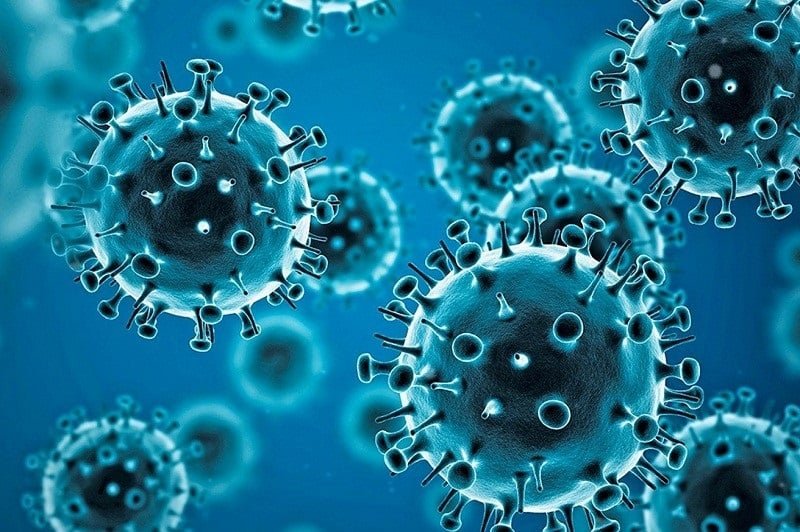As the COVID-19 virus continues to spread across the United States, more than half of the states are now reporting “very high” levels of viral activity. According to the latest wastewater data from the Centers for Disease Control and Prevention (CDC), 27 states are experiencing these elevated levels, while 17 additional states are seeing “high” levels of viral activity.

Regional Overview of COVID-19 Activity
The Western region of the U.S. is currently seeing the highest levels of COVID-19 activity, followed by the South, Midwest, and Northeast. Although current levels are nearing those seen during the winter months—when respiratory illnesses typically increase—they remain slightly lower for now.
| Region | COVID-19 Activity Level |
|---|---|
| Western | Very High |
| Southern | High |
| Midwest | High |
| Northeast | High |
Importance of Wastewater Data
Wastewater monitoring has become an essential tool for tracking the spread of COVID-19 in communities, especially as other surveillance systems have diminished since the end of the national public health emergency. While not perfect, wastewater data provides critical insights that fill the gaps left by the absence of comprehensive case reporting and hospitalization data.
Dr. John Brownstein, an epidemiologist and chief innovation officer at Boston Children’s Hospital, emphasized the importance of wastewater analysis, stating, “As traditional surveillance systems have dwindled, wastewater analysis has emerged as one of the most reliable tools we have to monitor COVID-19 activity in communities.”
Limitations and Other Surveillance Systems
Although wastewater data is valuable, it does come with limitations in how accurately it represents the spread of COVID-19 within a community. Other limited surveillance systems, such as emergency department visits and test positivity rates, are also on the rise according to CDC data. However, deaths related to the virus remain relatively flat compared to previous years.
Updated COVID-19 Vaccines Expected This Fall
In response to the ongoing spread of COVID-19, updated vaccines are expected to be available this fall. Federal health authorities, including the U.S. Food and Drug Administration (FDA), have recommended that vaccine manufacturers create shots based on the KP.2 strain, an offshoot of the omicron variant. This strain is currently estimated to account for about 6% of cases, with genetically similar variants, such as KP.3.1.1 and KP.3, making up nearly half of the cases.
The CDC has already recommended that everyone over the age of 6 months receive the updated COVID-19 vaccine this season. This recommendation will take effect as soon as the vaccines are made available, pending FDA authorization.
Conclusion
As the majority of U.S. states now report “very high” levels of COVID-19 in their wastewater, the importance of continued vigilance and updated vaccinations cannot be overstated. Wastewater monitoring, despite its limitations, remains a critical tool for tracking the spread of the virus in the absence of more traditional surveillance methods. With new vaccines on the horizon, health authorities are preparing for the next phase in the ongoing battle against COVID-19.




